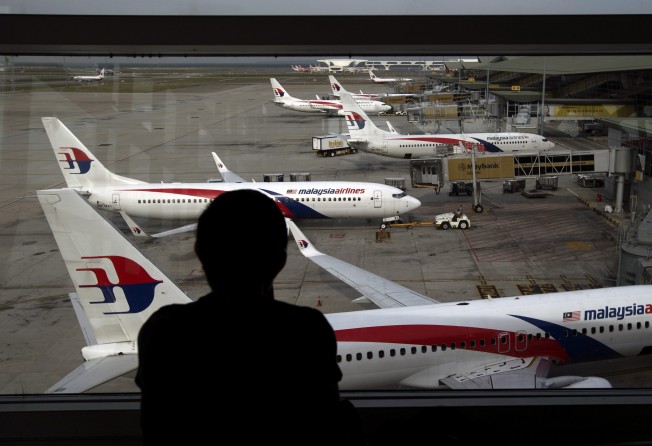After MH370 disaster, Chinese, European planemakers test black boxes that are easier to find

It may soon be easier to locate a plane's black box flight data recorder after a disaster, as Chinese and European planemakers develop new technologies in the wake of the loss last year of Malaysia Airlines Flight MH370.
Chinese planemaker the Commercial Aircraft Corporation of China (Comac), with its United States subsidiary, is testing a parachute black box system, while European aircraft manufacturer Airbus is working on a floating black box device.
Comac's technology, called Harbinger, allows a black box recorder to be ejected from a plane before a crash, Xinhua reported. The recorder will make its landing with a parachute, and, if it lands in water, will be kept afloat by a buoy.
"Being able to find out the true cause of an air disaster is a crucial step towards improving aircraft designs," Comac America president Wei Ye said.
The technology was inspired by Flight MH370, which went missing last March, Ye said. No trace of the jet and its 239 passengers and crew - nor its black box - has been found. It is believed the plane went down deep into an uncharted region of the Indian Ocean.
Ye said Harbinger could prevent a black box from going missing after a plane disaster.
In a video clip shown to Xinhua, the black box was ejected from the tail section of a test plane before a crash, achieving a soft landing via parachute and its shock absorption system.
Comac America said the recorder would contain not only flight data but also videos and images captured by cameras on the black box that might show the last moments before the crash.
It also comes with a powerful radio transmitter that would lead rescuers to the crash zone and upload data to a satellite.
Over in Europe, Airbus' floating black box device works on a similar principle.
"[The black box] won't be stuck to the plane; it would be easier to retrieve," an Airbus spokesman said without revealing more details.
Airbus said the technology, while not completely new, had been used only in military aircraft and had still to be adapted and approved for commercial use.
Certification is still a long way off as it requires approval by the UN civil aviation governing body, as well as aviation and safety regulators in Europe and the US.
"We're working with the certification authorities … But it's not there yet," the spokesman said.
Comac's Harbinger technology would likely also be subject to similar requirements. Comac said it had already applied for a patent with the US Patent and Trademark Office.
"The Harbinger emergency system will bring about revolutionary changes to air rescue and aviation security," Ye said.
But a Chinese aviation expert foresees numerous challenges for the new technology.
For example, it would be difficult to determine the best time to eject the black box, said the expert, who did not want to be named. If ejected too early, it might miss recording crucial data; if done too late, it might fail to make a safe exit from the plane.
"Computers may not be able to decide exactly when a crash is inevitable. But if you leave it to the pilots … having to worry about when to eject the black box would distract them."
Cathay Pacific chief executive Ivan Chu Kwok-leung said the airline was evaluating new technologies for tracking aircraft and transmitting flight data. "We want to make sure that we back the right technology," he said.